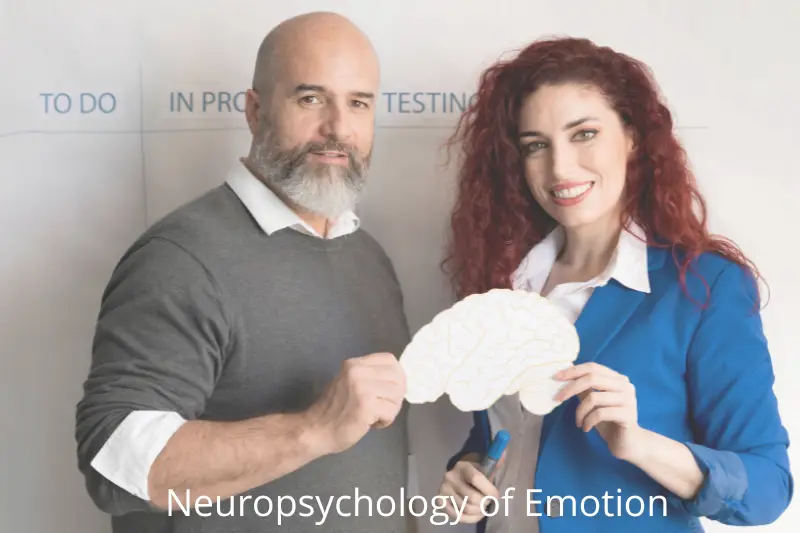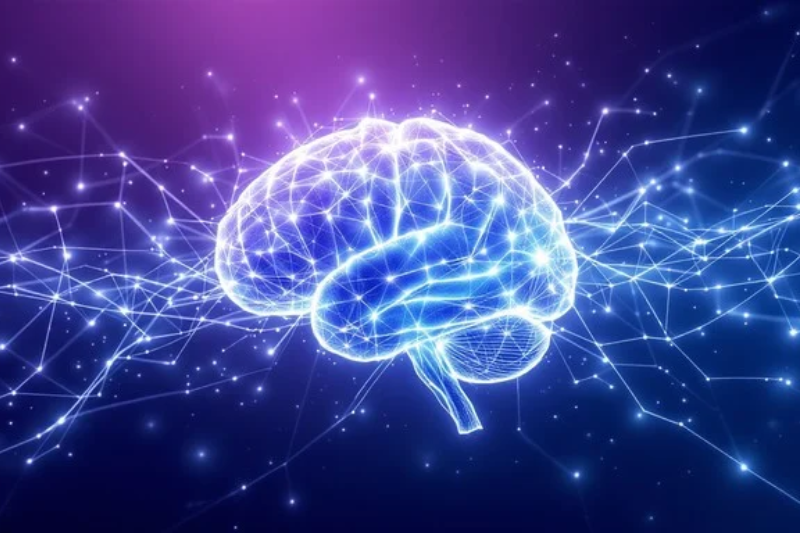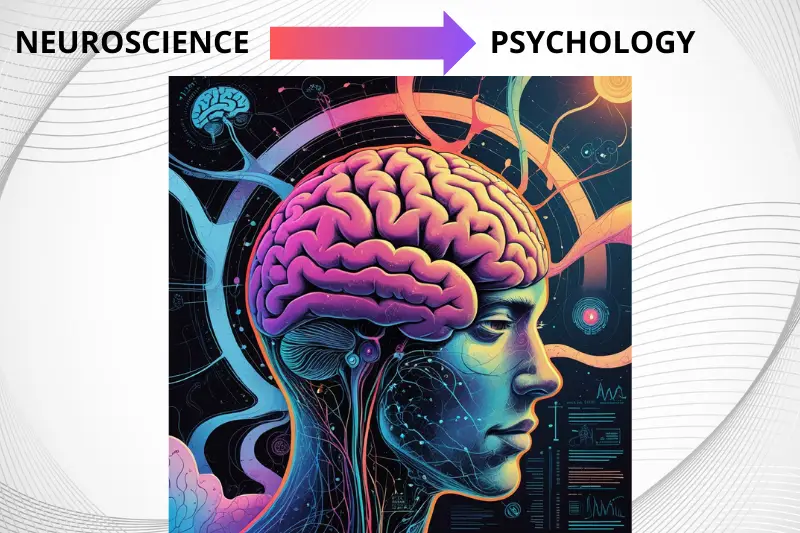The Neuropsychology Of Emotion: From Circuits To Consciousness
Our feelings live within us since we are all made to feel. They tint our view, they guide our choices, and they impact our relationships. However, emotions are something that we can all utilize, but what are they? How do they form, get processed, and regulated inside the brain? These are the questions that the field of neuropsychology hopes to be able to answer, as it pulls from both neuroscience and psychology to help explain how the brain ties in to emotions.
The Nature of Emotion
An emotion is a complex psychological state that involves a subjective experience (as the feeling we experience), a physiological response (higher heart rate, sweating, etc.) and a behavioral or expressive response (facial expressions, and body language). Although emotions feel immediate and abstract, they reside within concrete neural circuitry.
Neuroscience of emotions are highly integrated because modern neuropsychology considers emotions as an integral part of the brain structure and functions. Emotions are not isolated events; they are influenced by, and in turn influence, cognitive processes such as attention, memory, and perception. This mutually reinforcing connection underscores the importance of an integrated view of the brain’s circuits involved in emotion.
IMPORTANT ANATOMICAL STRUCTURES IN THE EMOTIONAL BRAIN
There are few brain regions that are especially important for emotion. As we are immersed in emotional processing, our limbic system at its center — a complicated arrangement of structures* that oversees our amygdala, hippocampus, hypothalamus and cingulate cortex.
Amygdala** : The so-called “fear center” of the brain, the amygdala is vital for detecting and responding to emotionally relevant stimuli. The amygdala, which is involved with fear and aggression, threat assessment and emotional memories.
Hippocampus — An area of the brain that is more often related to memory, but that provides contextualization to amygdala-mediated emotions that are based on previous events.
Hypothalamus**: This structure is responsible for the physical components when we feel emotion, like heart rate, hormones, or arousal. It is a linking pin between the nervous and endocrine systems.
Cingulate Cortex** — The anterior cingulate cortex is responsible for emotional regulation, decision-making, and error detection among other functions. It is involved in assessing emotional importance and adjusting our reactions as necessary.
Other key regions include the prefrontal cortex, which is involved in complex cognitive functions such as decision-making and emotional regulation, and the insula, which is associated with the conscious perception of bodily states and emotions.
Circuits in the Brain Related to Emotion
Emotional experience emerges from the interplay among populations of neural circuits. For example, one widely cited model is the dual-pathway model of emotional processing, which includes two main pathways:
The Low Road: A rapid, reflexive path that travels through the thalamus directly to the amygdala to trigger a response without processing from the higher cortical areas. This is an important survival pathway because it elicits immediate responses before the conscious brain even knows it’s happened.
The High Road: A more direct, slower pathway that engages the cortex and allows for more extensive processing of stimuli and a more nuanced emotional reaction. This route helps reflection & context (in the main scenario — art, music, etc.)
These pathways show how fast and slow processing works in emotional perception. The low road guarantees more immediate response, while the high road enables more flexible and socially suitable reactions.
Emotions and Thoughts: A Two Way Traffic
There is a very less existance of emotions in cognition. Your mood can continually color cognitive processes — attention, memory, and decision-making. For example, people in fear may be more responsive to threat information or memory for negative memories (eg.
On the flip side, cognition may also serve to inhibit affect. Cognitive reappraisal (reconceptualizing a situation) is an example of a strategy that relies on prefrontal modulation of amygdala response to decrease emotion reactivity. Such interaction is a building block of therapies like CBT.
The Nature of Consciousness and the Qualia of Emotion
Emotion is something more than neural circuits and physiological responses; it is something not fully captured by either of these, despite their role in emotion. A defining feature of human emotion is conscious awareness, the ability to think about and label our feelings.
Key structures involved in the conscious experience of emotion are the insula, medial prefrontal cortex, and anterior cingulate cortex. They are tied to interoception (the perception of body internal state), self-referential processing, and emotional awareness.
More contemporary ideas, as for example in Lisa Feldman Barrett’s Conceptual Act Theory, regard emotions as constructed experiences shaped by the context-specific perceptions of a given set of bodily sensations. In this view, emotions are not hard wired, rather they are influenced by language, culture and life experiences.
Mental Health starts with Emotion Regulation
Good emotion regulation is necessary for mental health. Emotional dysregulation is identified as a foundational feature in numerous mental illnesses, such as depression, anxiety disorders, bipolar disorder, and PTSD.
Studies overseen by others have revealed that people with depression have overactivity in the amygdala and decreased prefrontal activity, which together demonstrate an imbalance between emotional reactivity and regulatory control. Likewise, anxiety disorders are characterized by increased threat sensitivity and reduced regulation.
Pharmacological and psychotherapeutic therapeutic interventions seek to reinstate equilibrium in these neural circuits. I know this too because trainings for mindfulness practices have been shown to increase connectivity of the prefrontal cortex and limbic regions, leading to more effective emotional control.
The Future of Emotional Neuroscience
Neuroscience of emotion is on the verge: new frontiers enabled by neuroimaging, computational modeling and neurotechnology With the advent of fMRI, EEG, and MEG, it is now possible to map emotional circuits with near real-time precision.
Through potential utilizes within growing fields such asaffective computingandneurofeedback, they hope that tools can be created to tailor the needs of an individual suffering from an emotional disorder. Combining measurements of brain activity, physiology, and behavior is bringing scientists closer to a unified theory of emotion.
In addition, cross-sectional and developmental research provides evidence for the development of emotions across the lifespan and the role of cultural norms in expression and emotion experience.
Conclusion
Abstract: The neuropsychology of emotion is an exciting and developing domain that links brain and mind. Researchers have been gaining a deeper understanding of the mechanics of feeling by investigating the neuron circuits that underpin emotionalS and how these circuits engage with cognitive and social processes. Shape everything from survival instincts to the subtleties of love and compassion, our emotions are not simply a response, but part and parcel of consciousness, identity and human connection.
The quest for understanding emotions — from circuits to consciousness —is a scientific expedition and, more crucially, a profoundly human one. The more we understand the emotional brain, the closer we come to the answers that may help us find mental health, maturation, and an understanding of what it means to be human.



